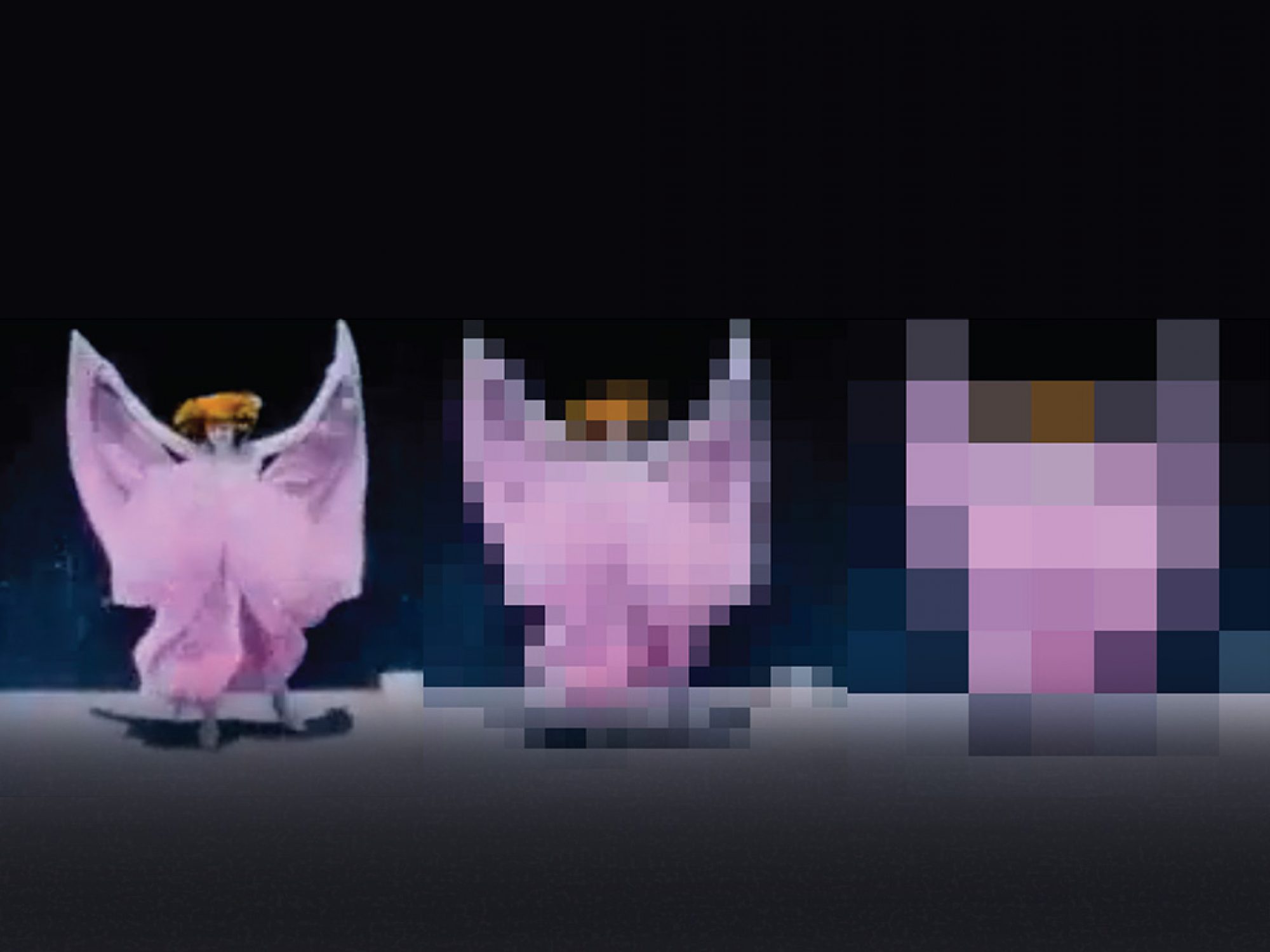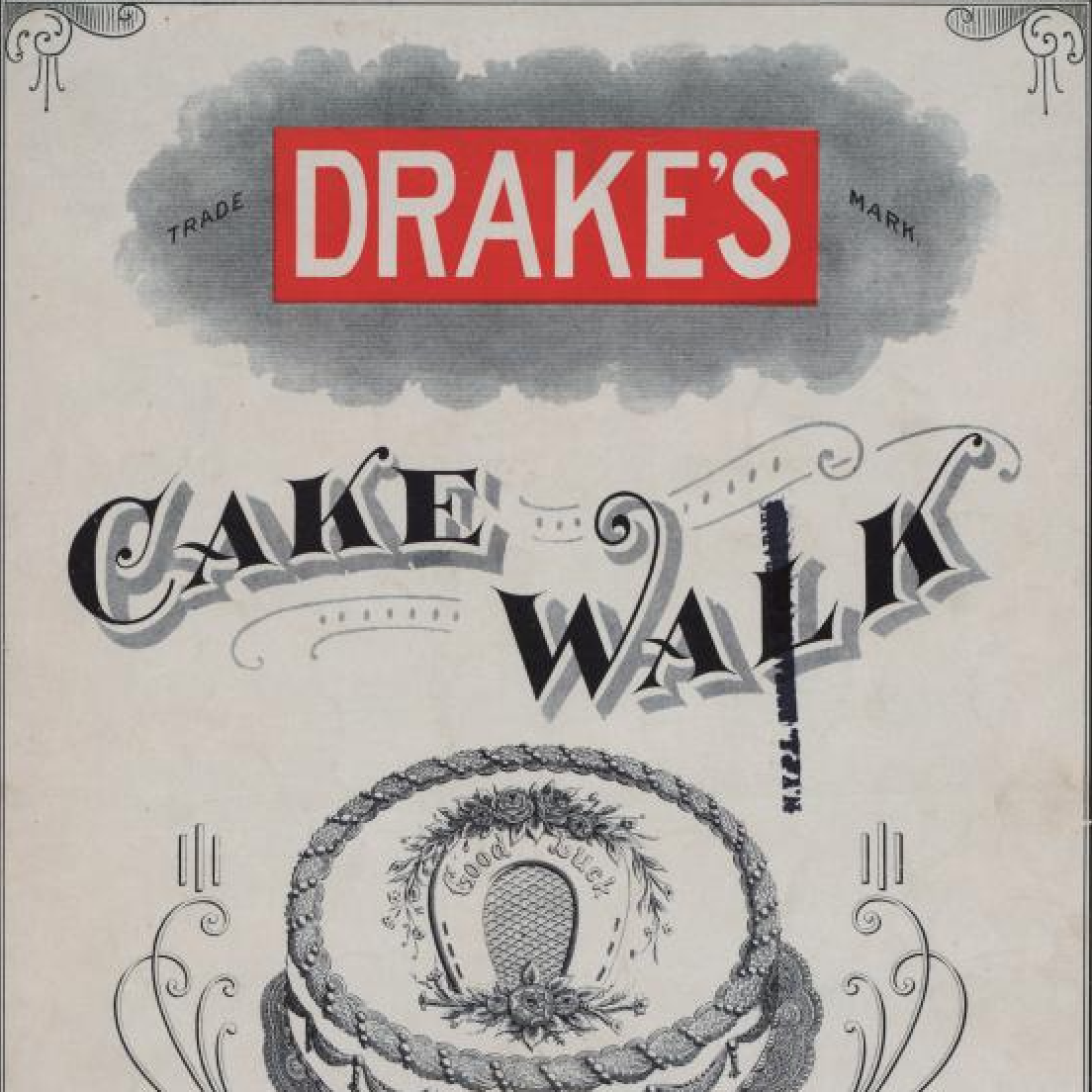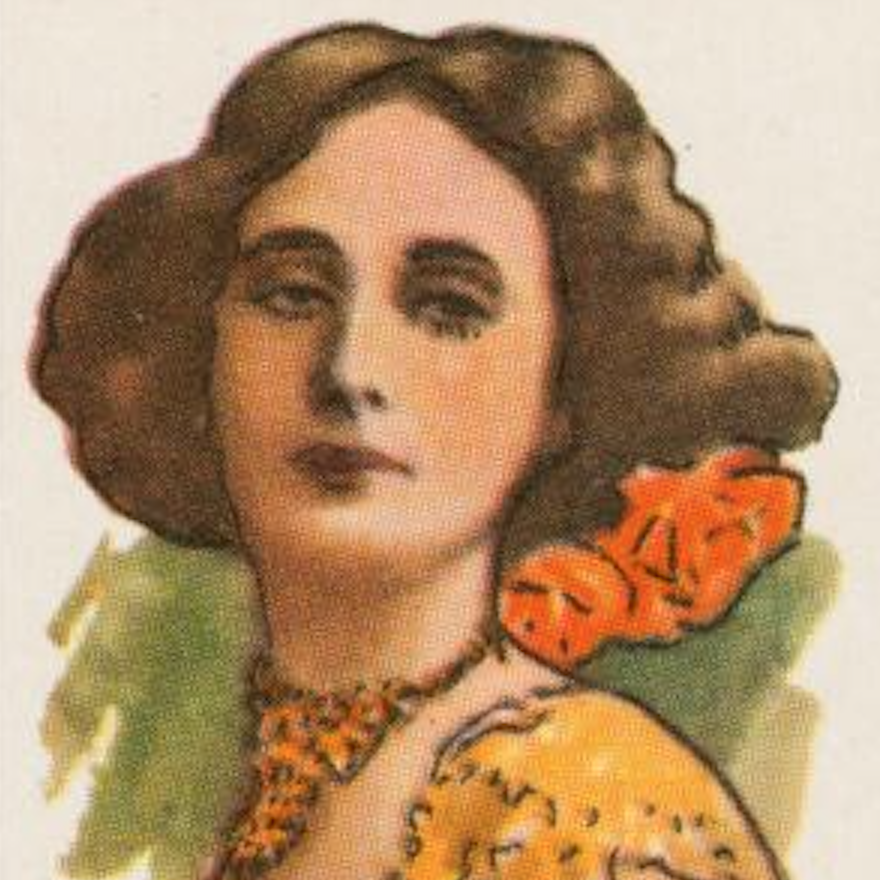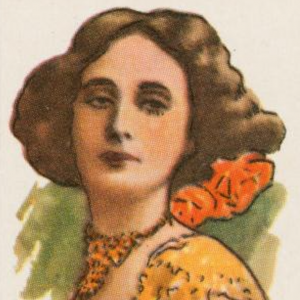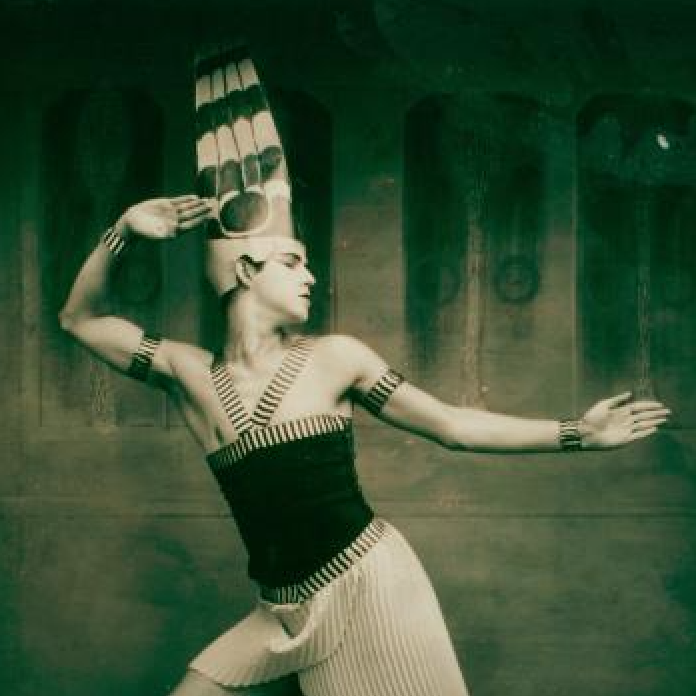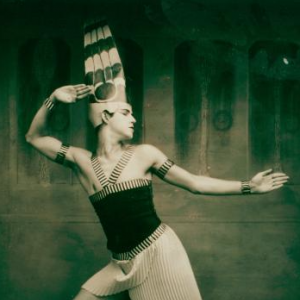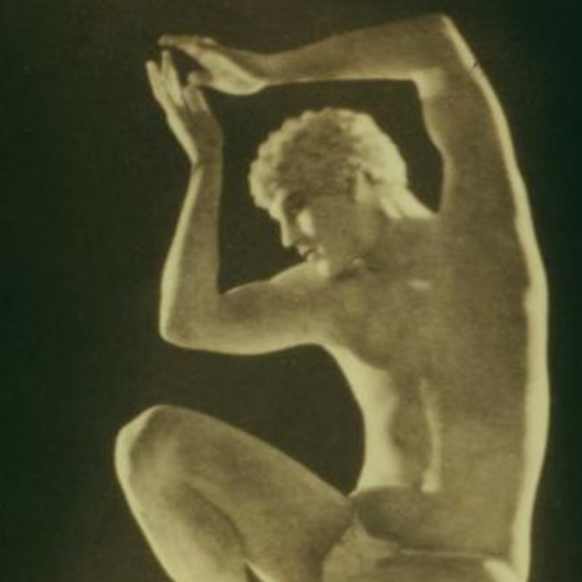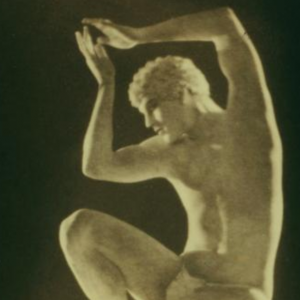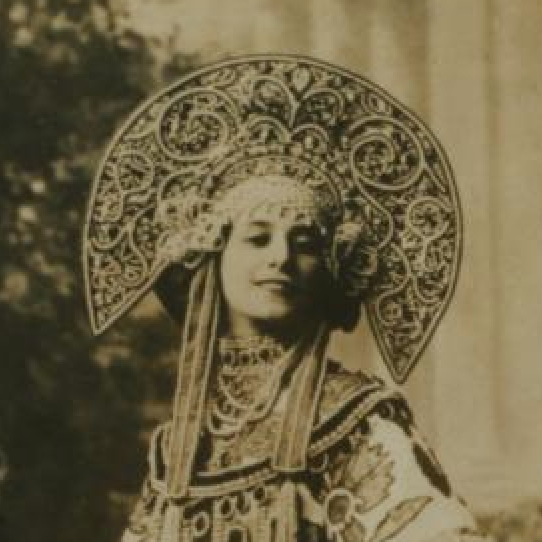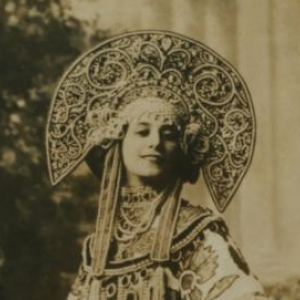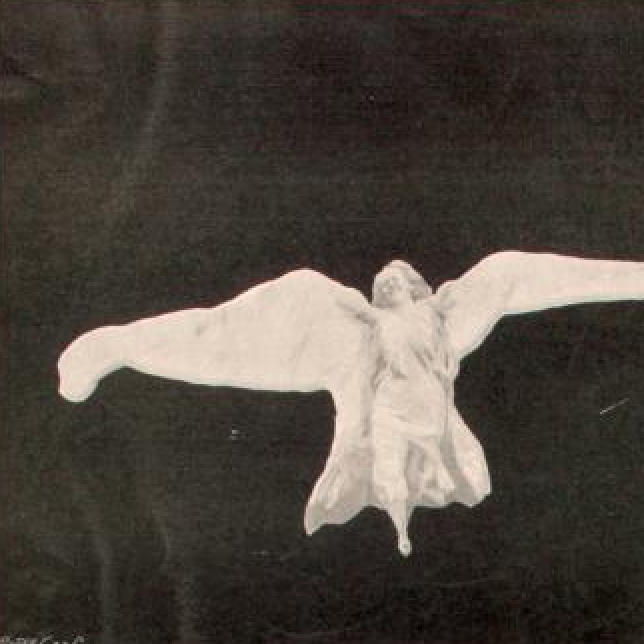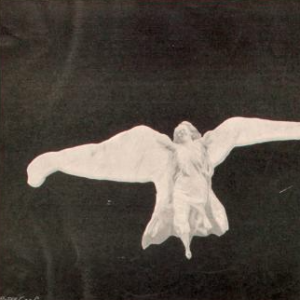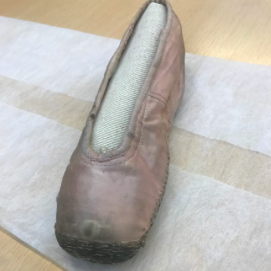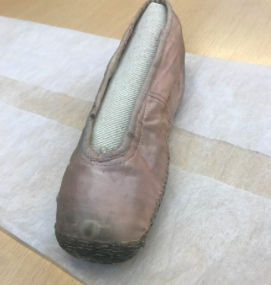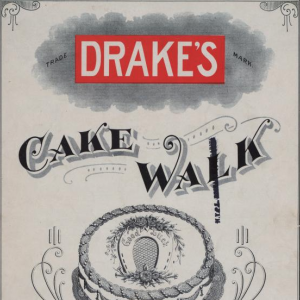
Music Division, The New York Public Library. “Drake’s cake walk” The New York Public Library Digital Collections. 1909.
Madeleine Wood
Project Link:
https://mediathread.ccnmtl.columbia.edu/s/CUdnce3985/project/41056
Statement: The following project explores the political, social and cultural threads found within the cakewalk that proposes an alternative history to dance and race. The erasure of blackness as a result of whiteness complicates the reality for contemporary race relations found in today’s racial climate. Does dance provide us another way to study race in America? Using Ted Shawn’s Dances of the Ages and images found in the New York Public Library for the Performing Arts Special Collections, I seek to understand the hazy terrain where respectability seems to end. As white becomes black and high becomes low, somewhere buried under choreography exists a history, a structural and informative account of how America deals with race.
